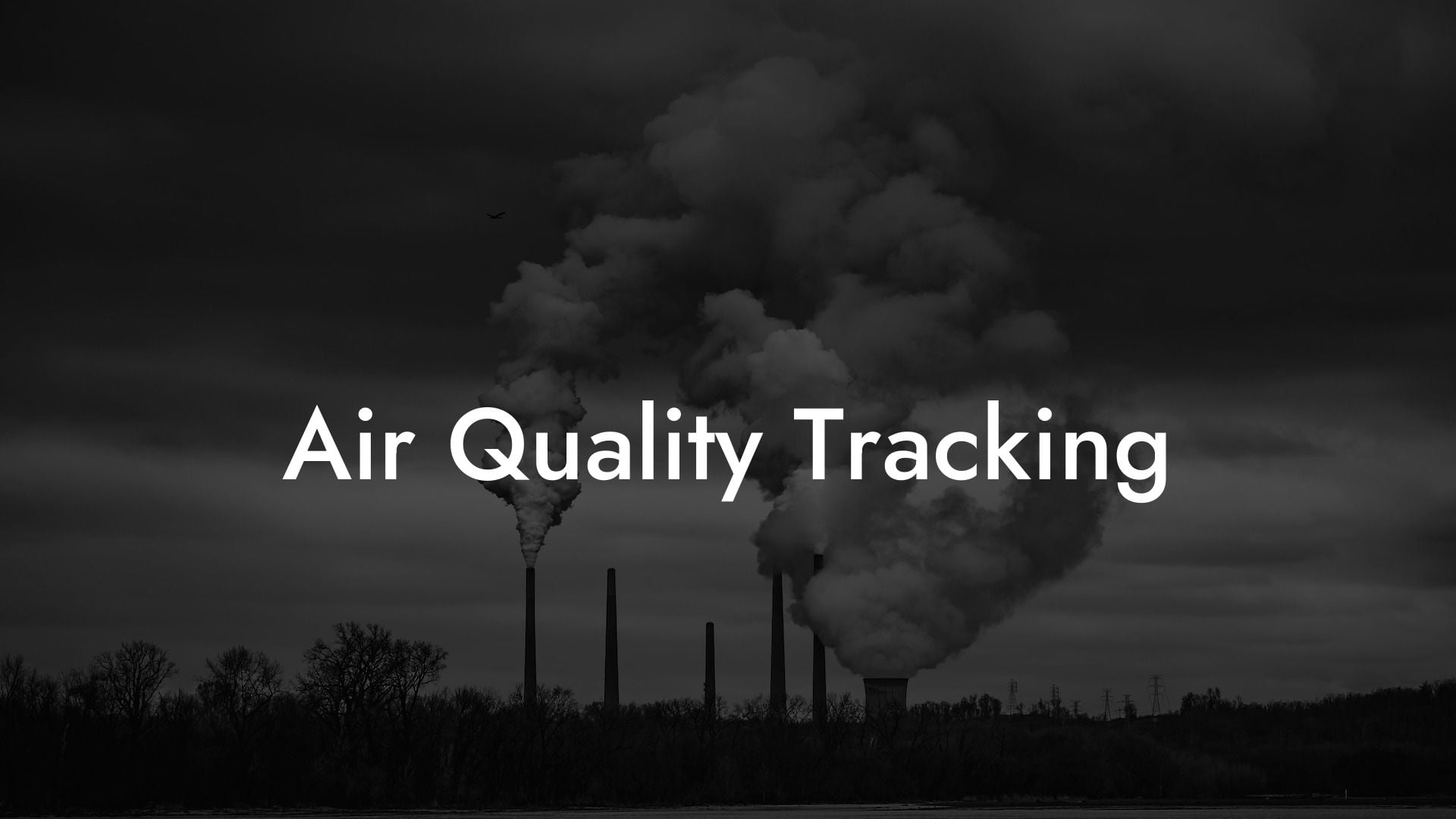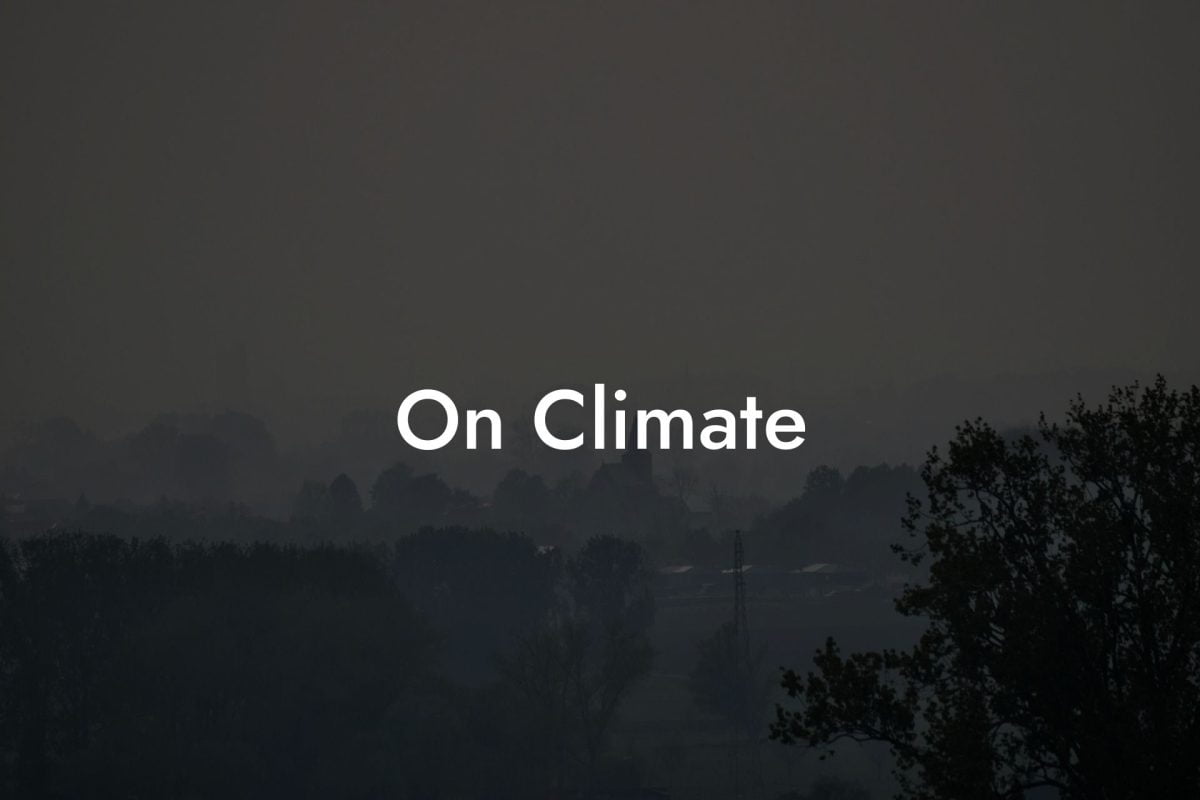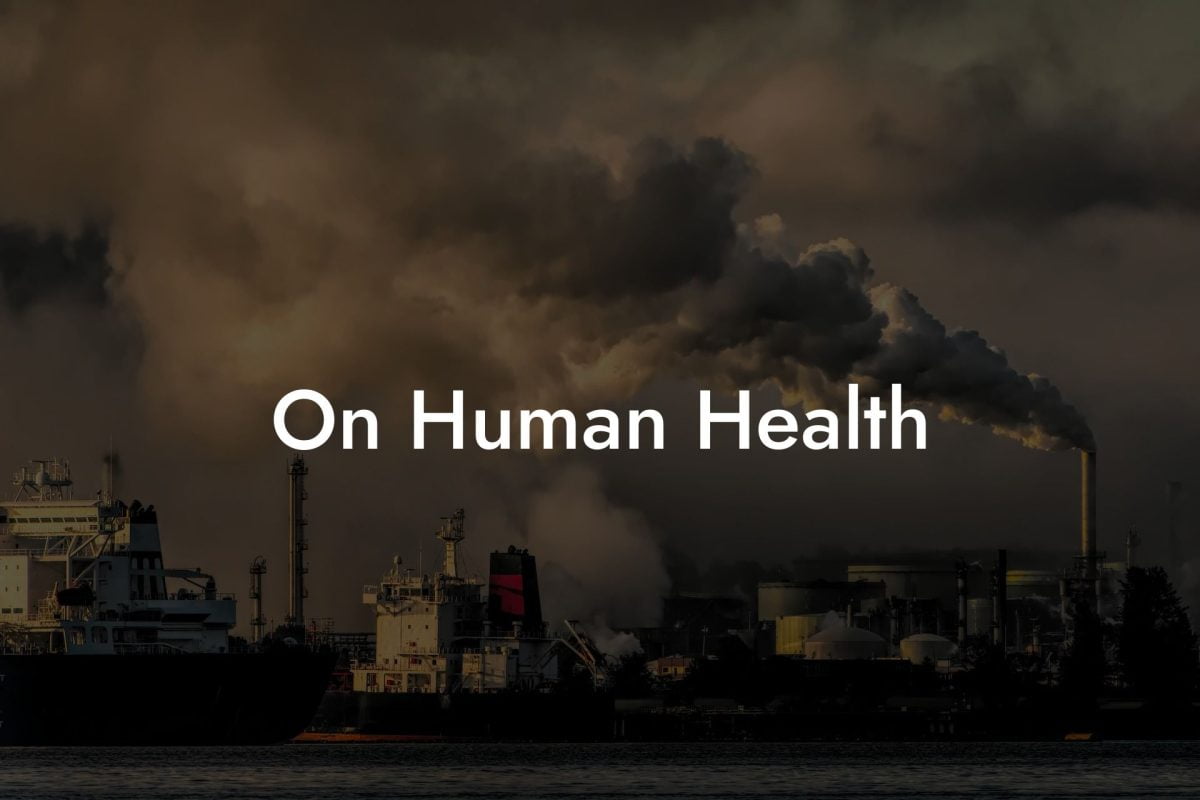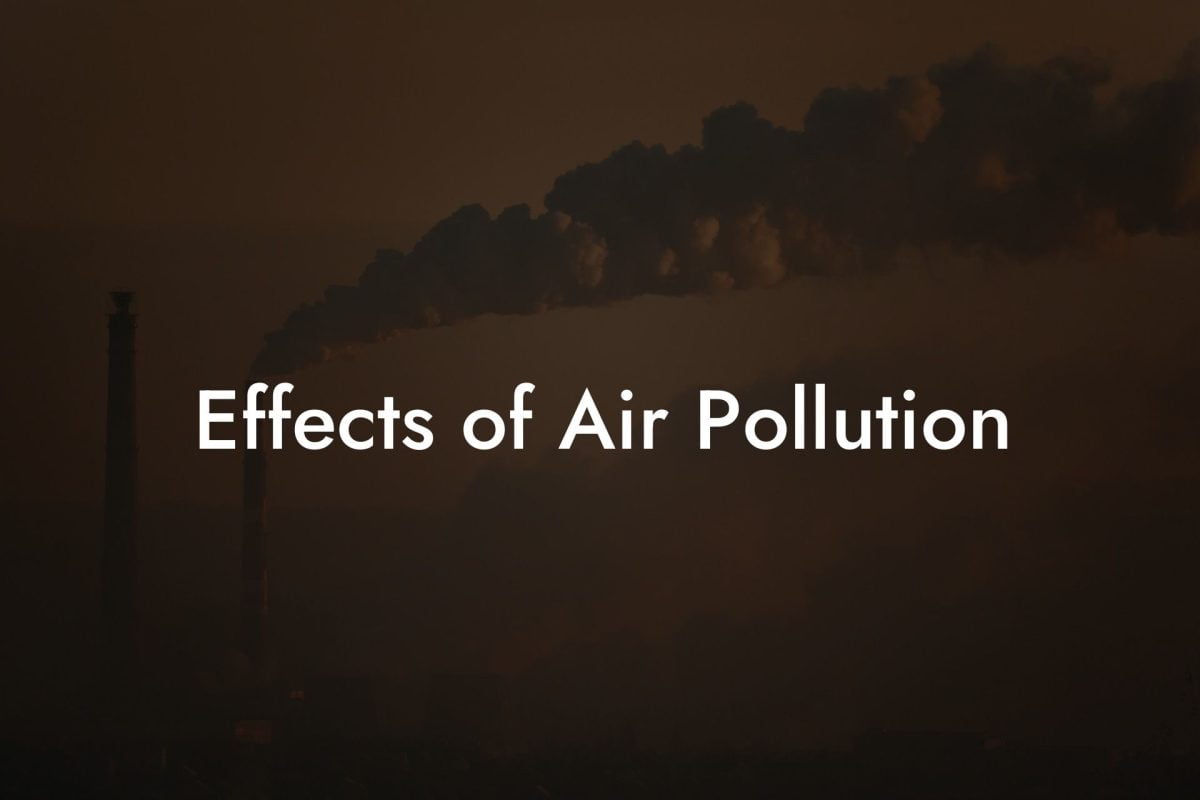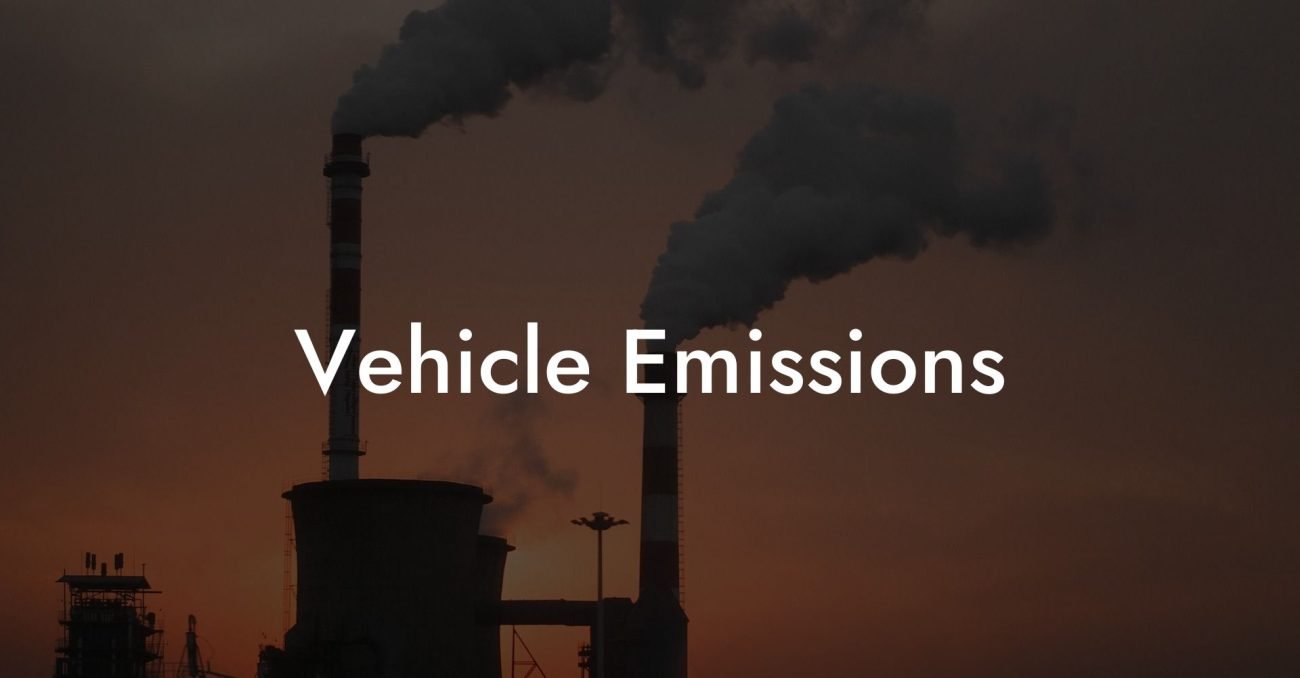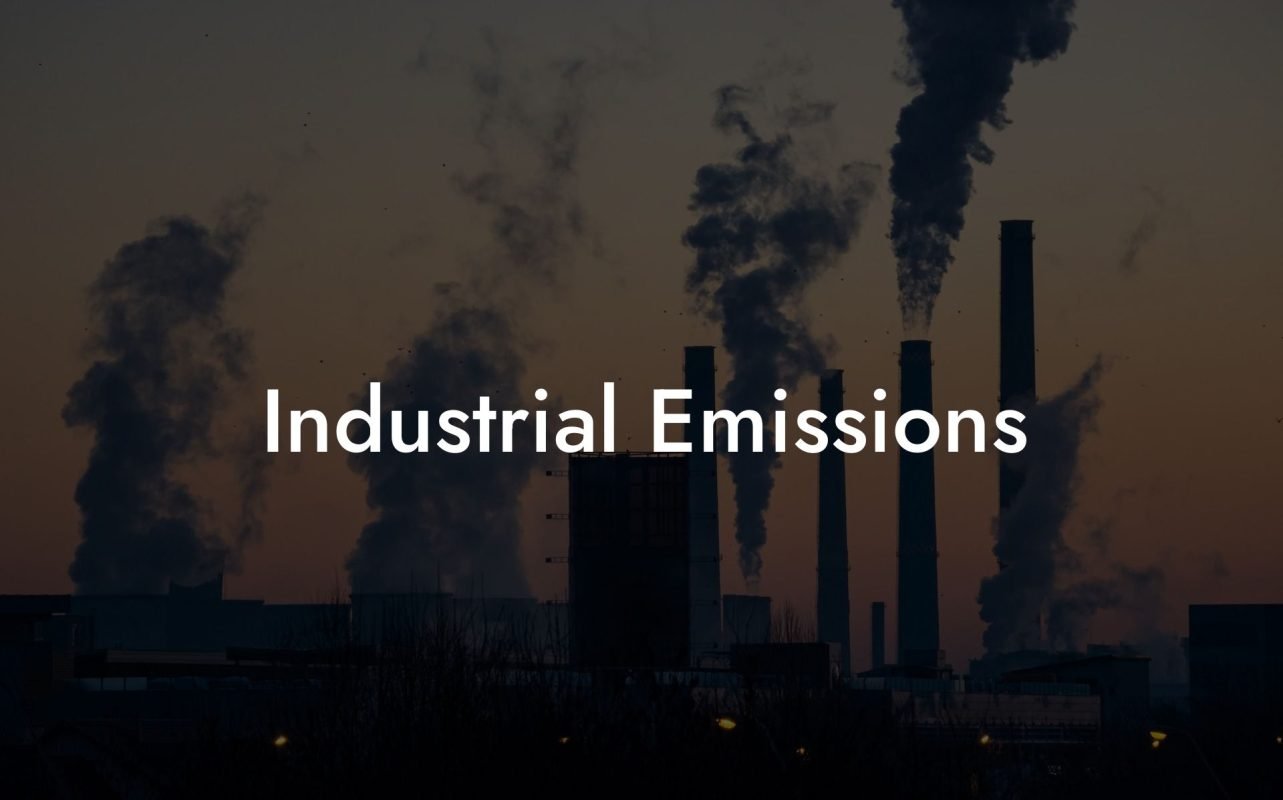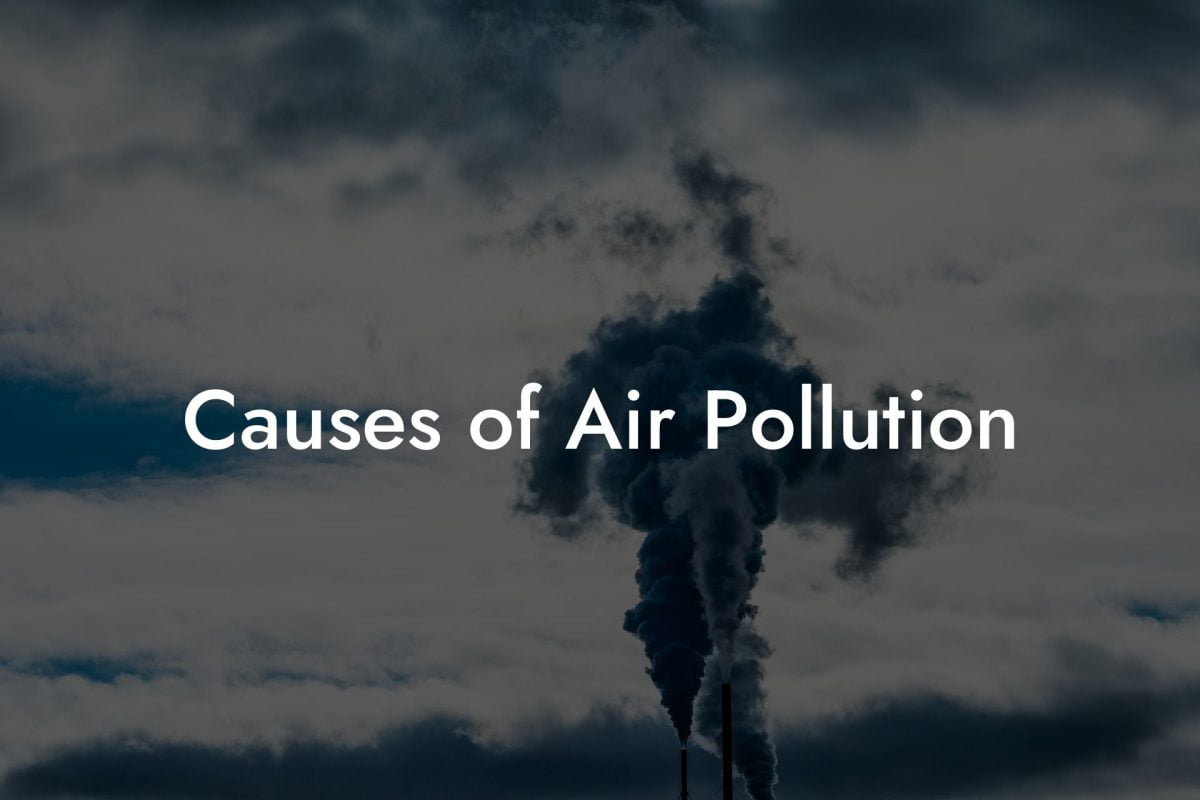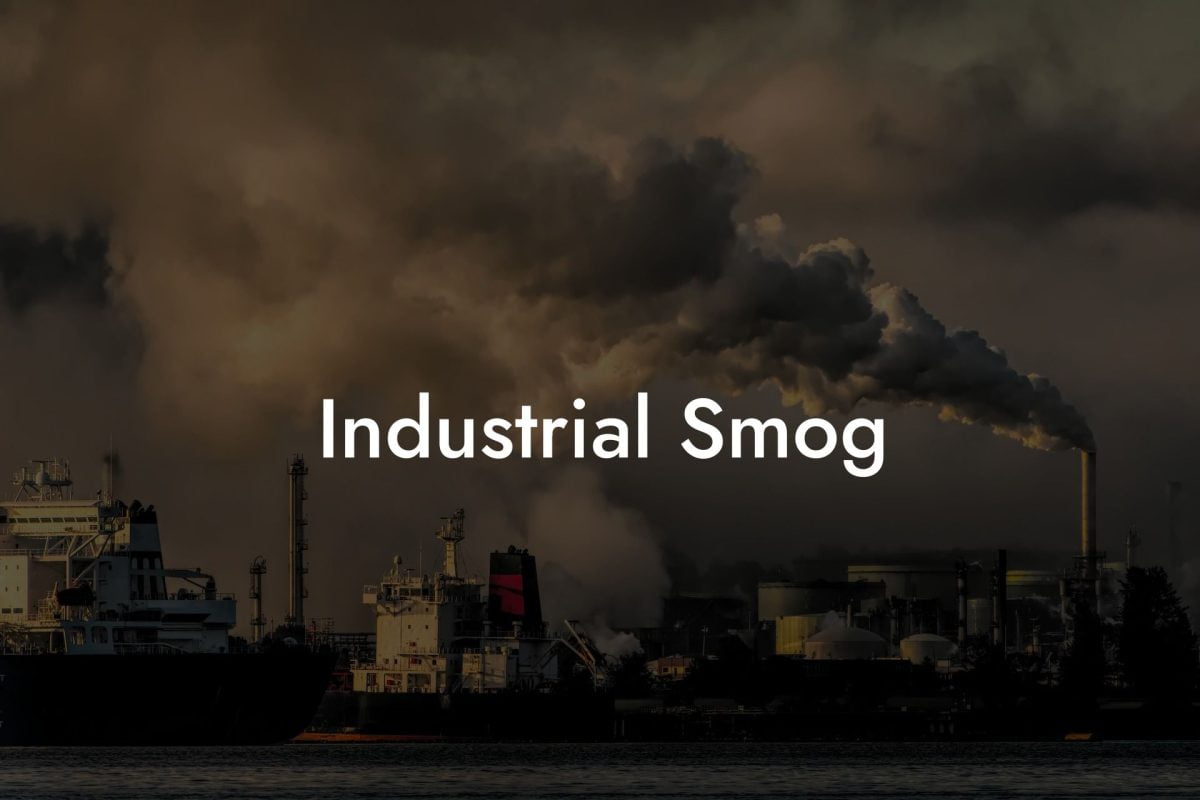Introduction to Air Quality Tracking
Air quality tracking is an essential aspect of environmental management, providing vital data on the concentration of pollutants in the atmosphere. This process helps in assessing the quality of the air we breathe and in implementing measures to protect public health and the environment.
Importance of Tracking Air Quality
Regular monitoring of air quality helps in identifying pollution sources, understanding temporal and spatial trends, and evaluating the effectiveness of air quality policies.
Key Components of Air Quality Tracking
Monitoring Stations
Fixed and mobile monitoring stations equipped with sensors and analyzers are used to measure a range of air pollutants like particulate matter, nitrogen oxides, sulfur dioxide, carbon monoxide, and ozone.
Satellite Observations
Satellites provide broad-scale and continuous monitoring capabilities, offering valuable data on global and regional air pollution trends.
Advanced data management systems collect, store, and process air quality data, enabling comprehensive analysis and public dissemination.
Pollutants Monitored in Air Quality Tracking
Particulate Matter (PM10 and PM2.5)
Monitoring of particulate matter is crucial due to its adverse health effects, especially on respiratory and cardiovascular systems.
Gaseous Pollutants
Tracking of gases like NOx, SO2, CO, and O3 helps in understanding urban pollution dynamics and the formation of secondary pollutants like ground-level ozone.
Health and Environmental Implications
Public Health Concerns
Poor air quality is linked to various health issues, including asthma, heart disease, and lung cancer, necessitating effective air quality tracking for public health protection.
Environmental Impact
Air pollution can lead to ecosystem damage, affecting biodiversity, and contributing to issues like acid rain and eutrophication.
Technologies in Air Quality Tracking
Sensor Technology
Advancements in sensor technology have led to more accurate, sensitive, and real-time monitoring of air pollutants.
Mobile Apps and Online Platforms
Mobile applications and online platforms provide the public with real-time access to air quality information, raising awareness and enabling informed decision-making.
Understanding AQI
The Air Quality Index is a standardized tool that translates air quality data into understandable terms for the public, categorizing air quality from 'Good' to 'Hazardous'.
Challenges in Air Quality Tracking
Data Accuracy and Standardization
Ensuring the accuracy and standardization of data from diverse sources is a significant challenge in air quality tracking.
Coverage and Accessibility
Expanding the coverage of monitoring networks and ensuring data accessibility to all stakeholders remain ongoing challenges.
Air Quality Tracking in the UK
UK’s Monitoring Network
The UK has an extensive air quality monitoring network, providing detailed data across urban, suburban, and rural areas.
Policy and Research
Data from air quality tracking informs policymaking and research, guiding efforts to improve air quality and public health.
UK Air Pollution: Your Ultimate Air Quality Database
Comprehensive Air Quality Information
UK Air Pollution offers an extensive database of air quality data across the UK, making it an invaluable tool for researchers, policymakers, and the public.
Why UK Air Pollution?
Our platform provides a dynamic, engaging, and informative perspective on air quality, serving as a comprehensive guide and database for all your air pollution-related needs.
Advancing Environmental Projects and Research
Rely on UK Air Pollution for in-depth insights into air quality tracking, enhancing the effectiveness of your environmental projects, services, and research.
Frequently Asked Questions
What is Air Quality Tracking?
Air Quality Tracking involves monitoring and recording various pollutants in the air to assess the air quality over time in specific locations.
Why is Air Quality Tracking Important?
Tracking air quality is vital for understanding environmental health, identifying pollution sources, informing public health initiatives, and developing strategies to improve air quality.
What Technologies Are Used in Air Quality Tracking?
Technologies used include satellite imagery, ground-based monitoring stations, air quality sensors, and advanced computational models for data analysis.
How Do Air Quality Monitors Work?
Air quality monitors work by drawing in air and passing it through filters or sensors that detect and measure the concentration of various pollutants like particulate matter, nitrogen dioxide, sulfur dioxide, and ozone.
What Pollutants Are Commonly Tracked in Air Quality Monitoring?
Commonly tracked pollutants include particulate matter (PM2.5 and PM10), nitrogen dioxide (NO2), sulfur dioxide (SO2), carbon monoxide (CO), ozone (O3), and volatile organic compounds (VOCs).
Can Air Quality Tracking Predict Future Pollution Levels?
Advanced tracking systems can predict future pollution levels by analyzing current data trends and considering factors like weather patterns, traffic volumes, and industrial activities.
What is the Role of Satellites in Air Quality Tracking?
Satellites play a crucial role by providing comprehensive, global coverage and the ability to monitor hard-to-reach areas, contributing significantly to large-scale air quality assessment.
How Accurate is Air Quality Tracking?
The accuracy can vary based on the method and technology used. Ground stations offer high accuracy, while satellites provide broader coverage but may have limitations in detecting certain pollutants.
Can Individuals Track Air Quality?
Yes, individuals can track air quality using portable air quality monitoring devices or through mobile apps that provide real-time data from monitoring stations.
What is the Air Quality Index (AQI)?
The AQI is a standardized tool that represents the level of air pollution on a scale, typically ranging from 0 (good) to 500 (hazardous), making it easier to understand the air quality status.
How Does Weather Affect Air Quality Tracking?
Weather conditions like wind, temperature, and humidity can significantly impact air quality and pollutant dispersion, influencing the tracking and analysis of air pollution.
What Are the Health Implications of Poor Air Quality?
Poor air quality can lead to respiratory and cardiovascular diseases, worsen asthma and allergies, and in severe cases, result in premature death.
How Do Urban Areas Benefit from Air Quality Tracking?
Urban areas benefit through informed policy-making for pollution control, public health advisories, and measures to reduce pollution from traffic, industries, and other urban activities.
Can Air Quality Tracking Help with Climate Change Research?
Yes, tracking air quality contributes to climate change research by monitoring greenhouse gas concentrations and understanding their impact on global warming and climate patterns.
How is Air Quality Data Used by Governments?
Governments use air quality data to enforce environmental regulations, develop pollution control strategies, and inform the public about air quality issues.
What Challenges Are Faced in Air Quality Tracking?
Challenges include maintaining and calibrating equipment, dealing with data variability due to weather changes, and integrating data from various sources for comprehensive analysis.
How Do Vehicles Contribute to Air Pollution?
Vehicles contribute significantly through exhaust emissions, releasing pollutants like nitrogen oxides, particulate matter, carbon monoxide, and volatile organic
compounds.
What Impact Does Air Quality Tracking Have on Public Policy?
Air quality tracking provides crucial data that informs public policy regarding environmental regulations, urban planning, transportation management, and public health initiatives.
How Can Businesses Use Air Quality Data?
Businesses can use air quality data to ensure compliance with environmental regulations, improve employee health and safety, and in some industries, to inform product development and marketing strategies.
What Role Do Citizens Play in Air Quality Tracking?
Citizens contribute by using personal monitoring devices, participating in community science projects, and advocating for cleaner air based on the data collected from tracking initiatives.
Can Air Quality Tracking Systems Detect Indoor Pollution?
Some systems and devices are specifically designed to monitor indoor air quality, tracking pollutants like VOCs, particulate matter, and gases from indoor sources.
How Do Forests and Green Spaces Affect Air Quality?
Forests and green spaces improve air quality by absorbing pollutants and producing oxygen, thereby playing a vital role in maintaining environmental balance and healthy air quality.
What is Remote Sensing in the Context of Air Quality Tracking?
Remote sensing involves using satellite or aerial imagery to collect environmental data, including measurements of atmospheric gases and pollutants, contributing to large-scale air quality assessment.
How Does Air Quality Tracking Aid in Disaster Response?
It aids in disaster response by providing data on air quality impacts due to events like wildfires or industrial accidents, enabling timely and effective public health advisories and response strategies.
What Future Developments Are Expected in Air Quality Tracking?
Future developments may include more widespread use of IoT sensors, integration of AI for predictive analysis, and enhanced public engagement platforms for real-time air quality information.
How Does Air Quality Tracking Contribute to Sustainable Development?
Air quality tracking contributes by providing data that supports sustainable development goals, such as improving health and well-being, creating sustainable cities, and
combating climate change through informed decision-making and policy development.
What Are Community Air Monitoring Programs?
Community air monitoring programs involve local residents in tracking air quality in their area. These programs raise awareness, gather localized data, and can influence local policies and actions.
How Do Construction and Industrial Activities Impact Air Quality?
Construction and industrial activities can significantly impact air quality by emitting dust, particulate matter, and various gaseous pollutants, contributing to pollution levels in surrounding areas.
Can Air Quality Tracking Help in Reducing Emissions?
Yes, by identifying pollution hotspots and understanding emission sources, air quality tracking can help in implementing targeted strategies to reduce emissions effectively.


